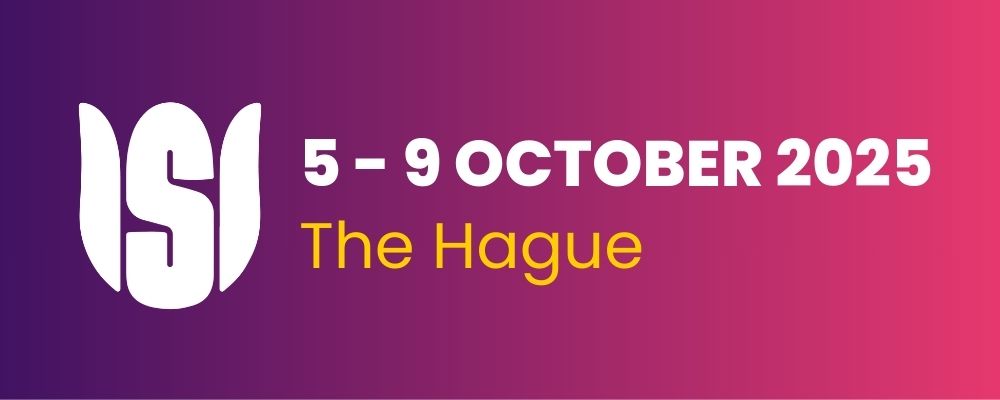Uncertainty Quantification in Spatial Statistical Inference
Conference
Category: International Statistical Institute
Proposal Description
Statistical dependence in space is a phenomenon that was observed by R.A. Fisher in the 1930s in his study of agricultural experiments, then more than fifty years ago by B. Matern in forestry, G. Matheron in mining, and W. Tobler in geography. Tobler captured its essence in his “First Law of Geography” (paraphrased here as: nearby things tend to be more alike than things far apart). Spatial observations abound in studies of the environment, climate, agriculture, epidemiology, biomedical imaging, computer experiments, population surveys, and so forth. A half-century of spatial statistics tells us inter alia that models of spatial phenomena (processes and their measurement) should *not* be predicated on 1. Statistical independence, and 2. Stationarity across the spatial domain of interest. There are now myriad statistical models to capture the spatial dependence and nonstationarity that scientists have observed and, more recently, stable software packages are making a huge difference to the inclusion of spatial and spatio-temporal statistical models in scientific investigations. Statistical inference allows the signal to be separated from the noise in a probabilistic manner, and there are several ways this might be achieved, through point estimation, interval estimation, Bayesian prediction, prediction regions, hypothesis testing, etc. This critical component of statistical methodology has in recent times been referred to as Uncertainty Quantification (UQ), and many of the sciences have incorporated it into their investigations. UQ in the spatial and temporal domain requires great care because statistical dependence between observations can discount their contribution to inference, leading to the notion of “effective number of observations.” Unlike time series analysis where statistical methodology is derived assuming that the time domain, and hence the sample size, can increase without bound, in spatial statistics it is more natural that the spatial domain is fixed, and hence new observations join existing ones in an ever-more discounted fashion. This ‘infill’ sampling, as well as irregular spacing of the data, the change-of-spatial-support problem, and addition of a (dynamical or descriptive) temporal series of spatial processes make spatial statistical inference challenging. Many books and papers have been publishing answers to spatial-statistical problems since the 1980s, and a stand-alone journal (called Spatial Statistics) was established ten years ago. The breadth of applications is only growing and, in this session, three world-leading spatial statisticians show how their approaches to UQ are used to infer the signal from background noise. The problems are as diverse as spatial design and analysis to characterise exposure of Aboriginal rock art to the environment (A.J. Baddeley); multi-subject functional magnetic resonance imaging (C.Y Lim); and computer experiments for spatio-temporal models of extremes (C.K. Wikle). Decision-makers need to adapt to using spatial UQ. Moreover, spatial designs are needed before measurements are taken, depending on prior scientific knowledge and dependence models that combine the underlying science with statistical processes. Invited discussant A. Stein is the editor of the well-known Elsevier journal, Spatial Statistics, and he will bring a comprehensive perspective to the contributions of the Invited speakers. Organiser Cressie will chair the session.



